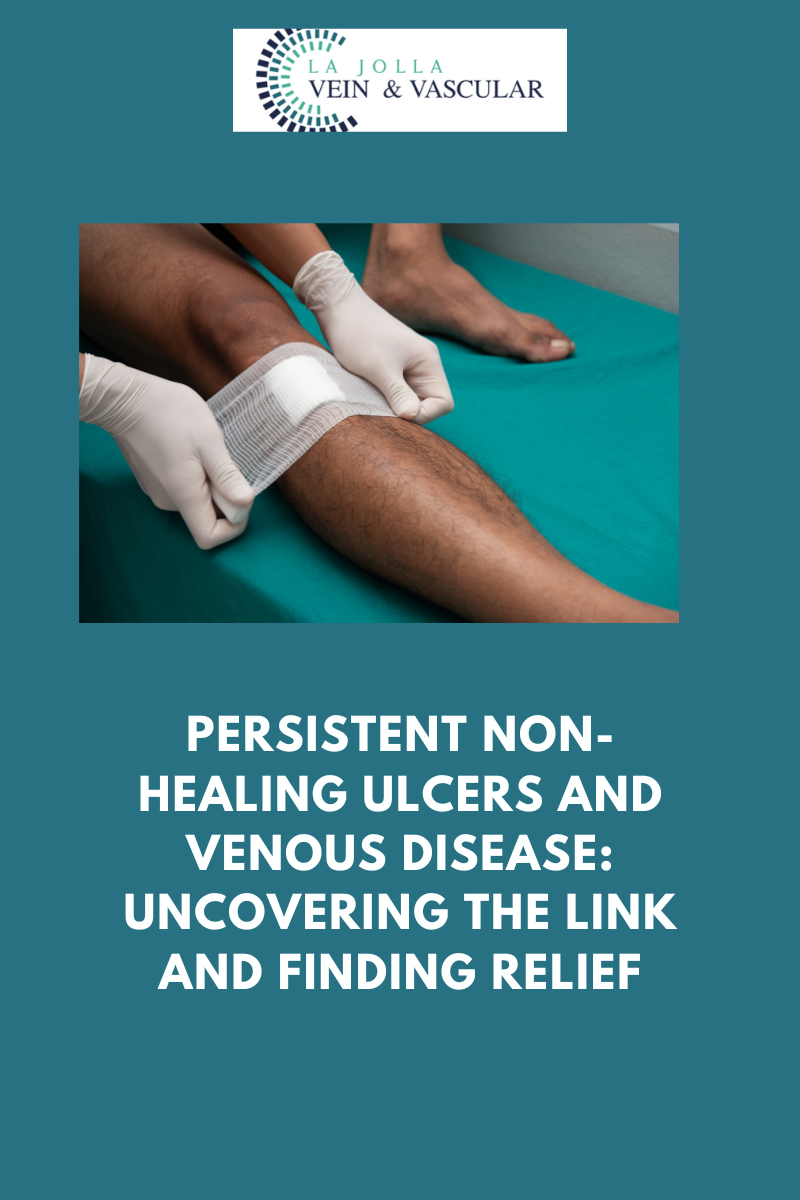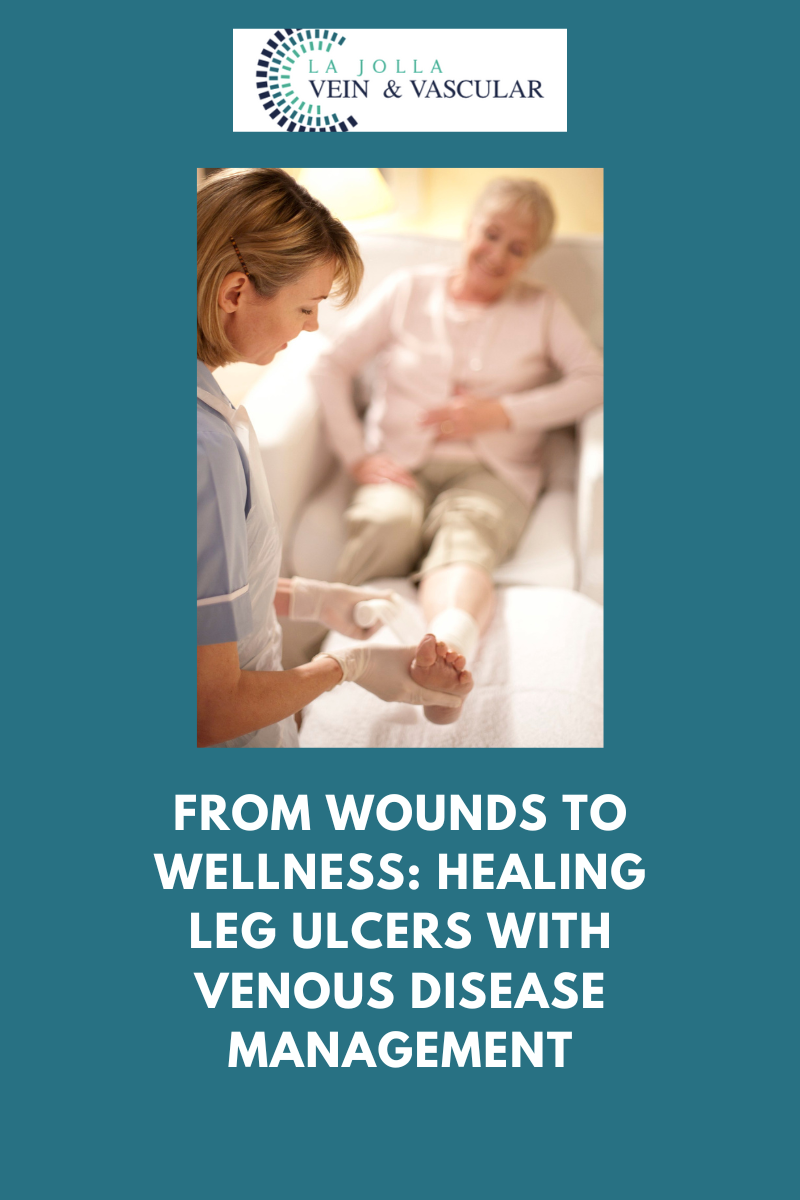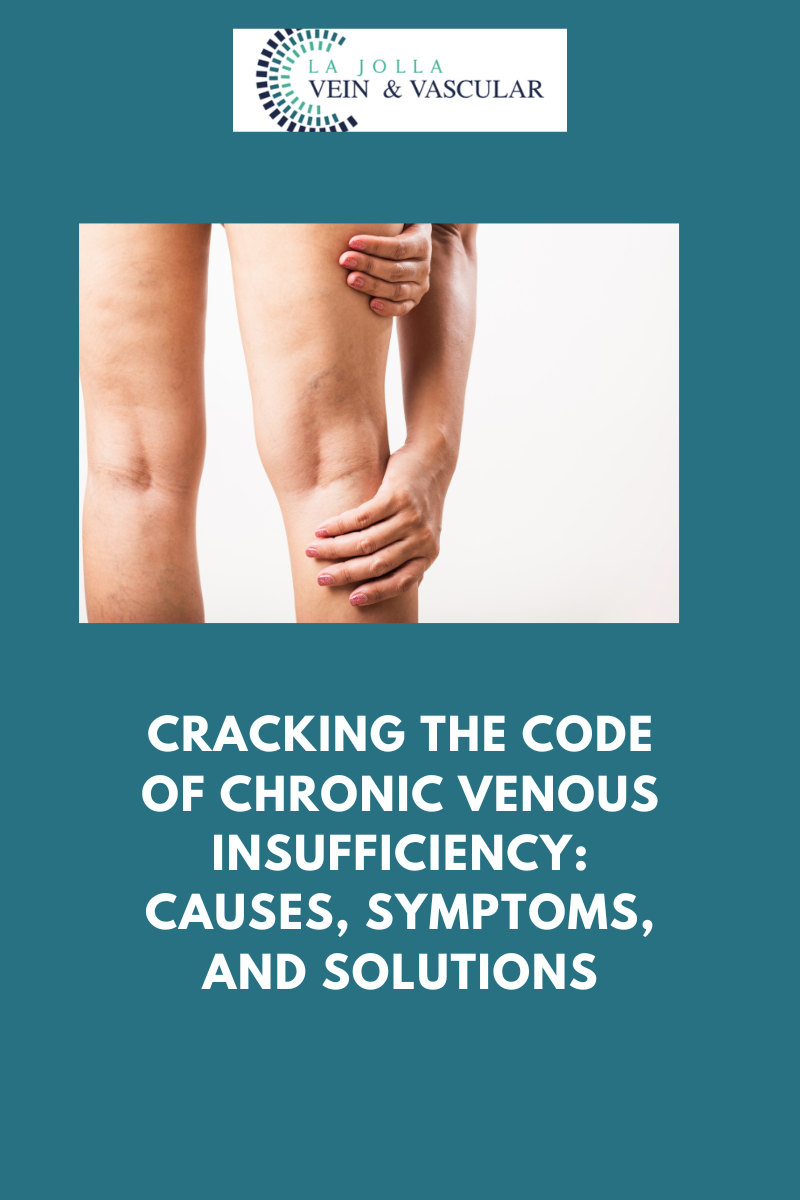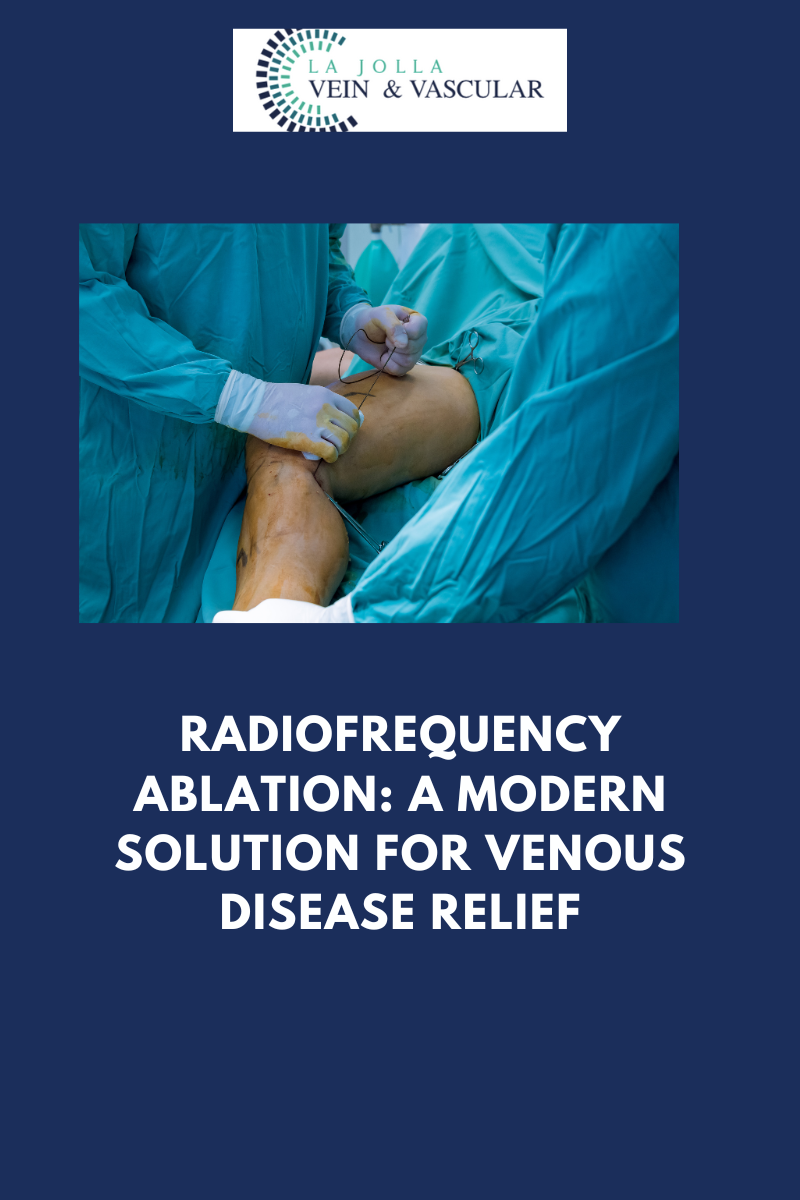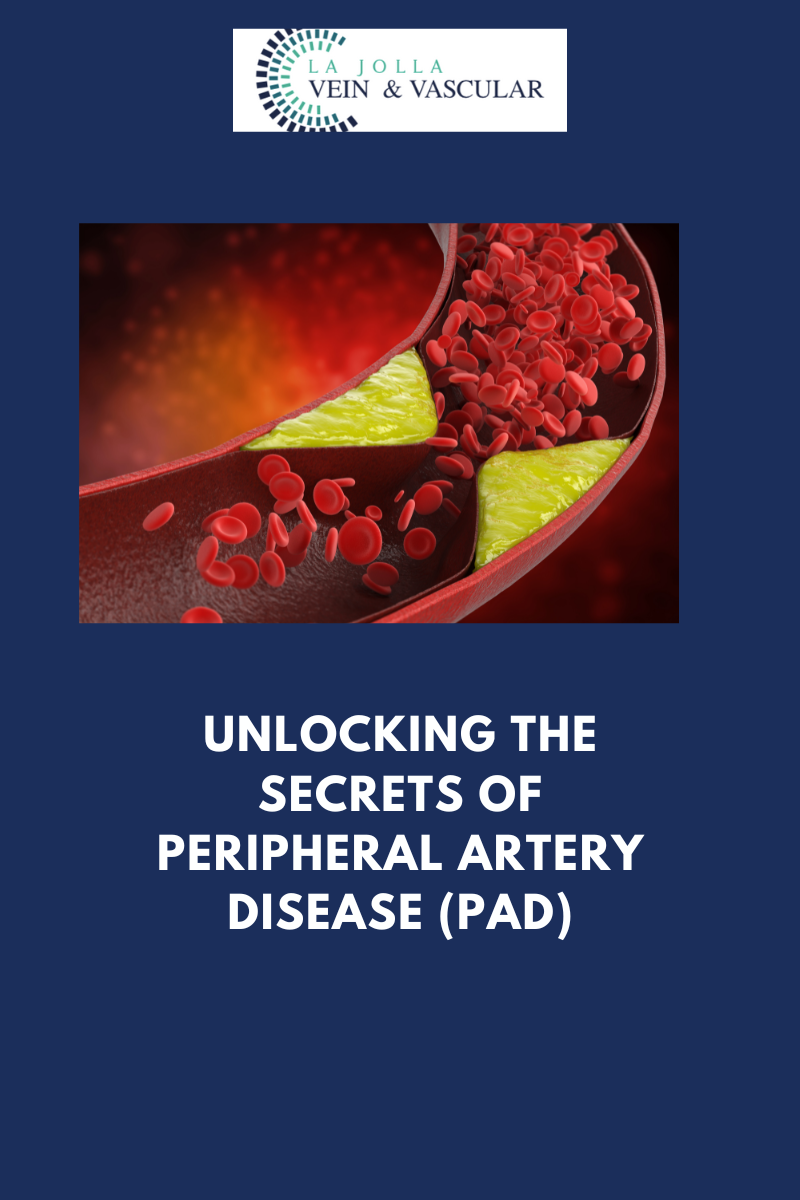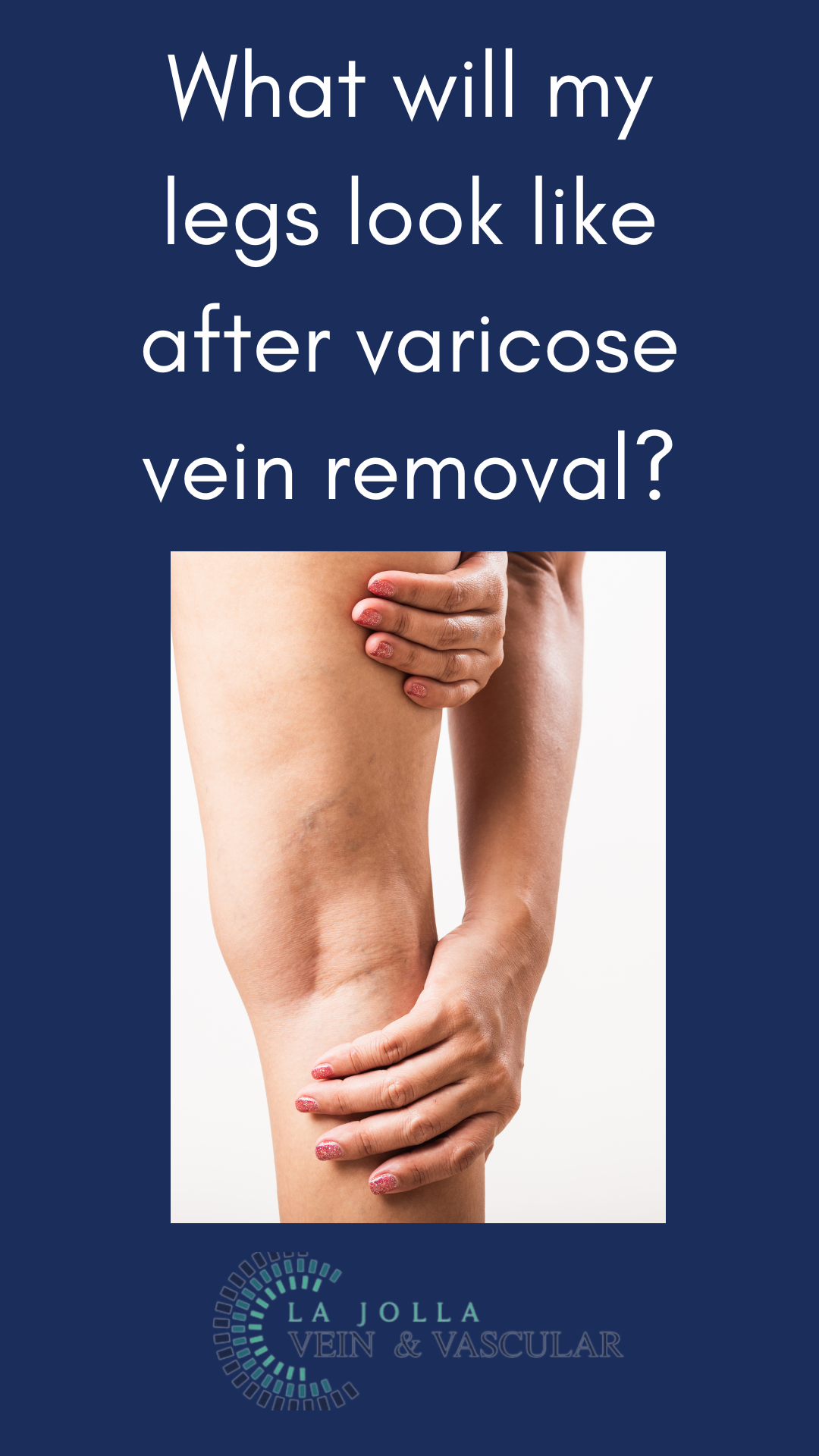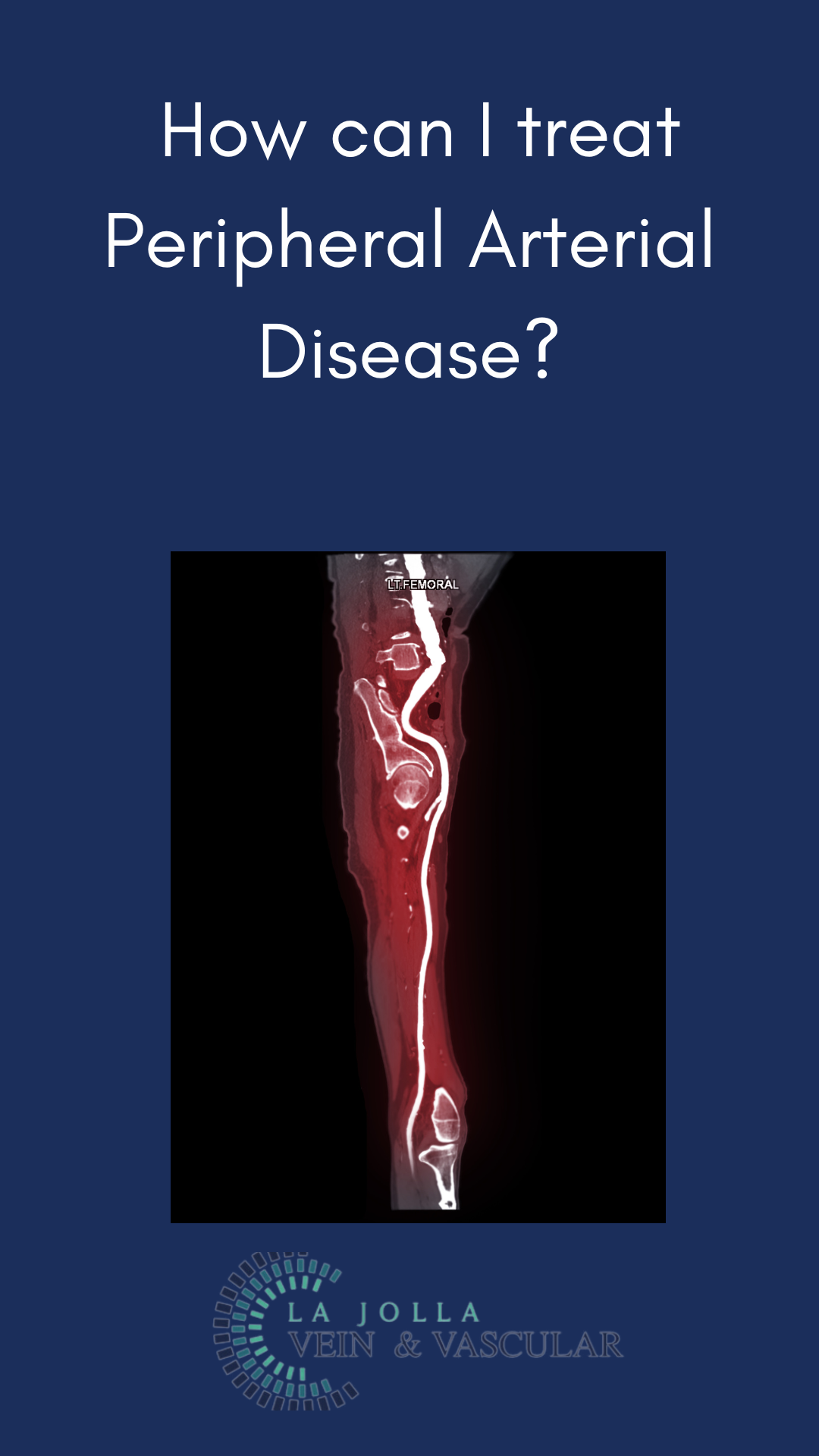La Jolla Vein & Vascular Expertise and Medical Team-Ultrasound Test Team
LJVascular2024-10-24T04:11:49-07:00La Jolla Vein & Vascular Expertise and Medical Team-Ultrasound Test Team
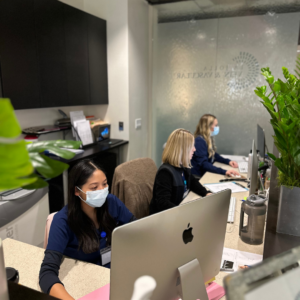


When it comes to your vascular health, precision and accuracy are paramount. Venous ultrasound tests, which play a pivotal role in diagnosing vascular conditions, require the expertise of highly trained professionals. In this blog post, we will introduce you to the unsung heroes behind the scenes – the Registered Vascular Technologists (RVTs) who perform venous ultrasound tests and ensure the highest standards of quality and accuracy.
The Role of a Registered Vascular Technologist (RVT)
Venous ultrasound tests are not your typical medical imaging procedures. They demand a unique set of skills and a deep understanding of vascular anatomy and function. That’s where RVTs come into play. But who exactly are RVTs, and what sets them apart?
Meet the Experts: RVTs
- Specialized Education: RVTs undergo rigorous training to excel in their field. They complete a two-year ultrasound program, which serves as the foundation for their expertise. But their learning doesn’t stop there.
- Additional Clinical Training: Beyond the classroom, RVTs receive extensive clinical training. This hands-on experience allows them to apply their knowledge in real-world scenarios and fine-tune their skills.
- Certification by ARDMS: The American Registry for Diagnostic Medical Sonography® (ARDMS®) is the gold standard for sonographers. To become an RVT, individuals must meet ARDMS’s stringent certification requirements. This process ensures that RVTs are at the forefront of their profession.
Why RVTs Are Essential for Venous Ultrasound Testing
Venous ultrasound testing is a complex process that demands precision and adherence to specific protocols. Here’s why having an RVT perform the test is crucial:
- Accreditation Standards: Accredited ultrasound facilities must adhere to strict standards to maintain their accreditation. RVTs follow specific protocols for each study to meet these accreditation standards, ensuring the highest level of quality.
- Anatomic Expertise: RVTs have a deep understanding of vascular anatomy. They know exactly where to take images and how to use special waveforms to visualize blood flow accurately.
- Physician Collaboration: All images captured by RVTs are reviewed by physicians. This collaboration ensures that the findings are accurate and can guide the best course of action for patients.
The accuracy of venous ultrasound testing is a result of the dedication and expertise of Registered Vascular Technologists (RVTs). These highly trained professionals play a vital role in your vascular health journey, ensuring that every test is performed with precision and adheres to the highest standards.
The next time you undergo a venous ultrasound test, rest assured that it’s in the capable hands of an RVT. Their commitment to excellence and their contribution to accurate diagnoses are essential elements of your overall well-being.
“Bringing Experts Together for Unparalleled Vein and Vascular Care”
La Jolla Vein & Vascular (formerly La Jolla Vein Care) is committed to bringing experts together for unparalleled vein and vascular care. Nisha Bunke, MD, Sarah Lucas, MD, and Amanda Steinberger, MD are specialists who combine their experience and expertise to offer world-class vascular care. Our accredited center is also a nationally known teaching site and center of excellence.
For more information on treatments and to book a consultation, please give our office a call at 858-550-0330.
For a deeper dive into vein and vascular care, please check out our Youtube Channel at this link, and our website https://ljvascular.com
For more information on varicose veins and eliminating underlying venous insufficiency,
Please follow our social media Instagram Profile and Tik Tok Profile for more fun videos and educational information.
For more blogs and educational content, please check out our clinic’s blog posts!


